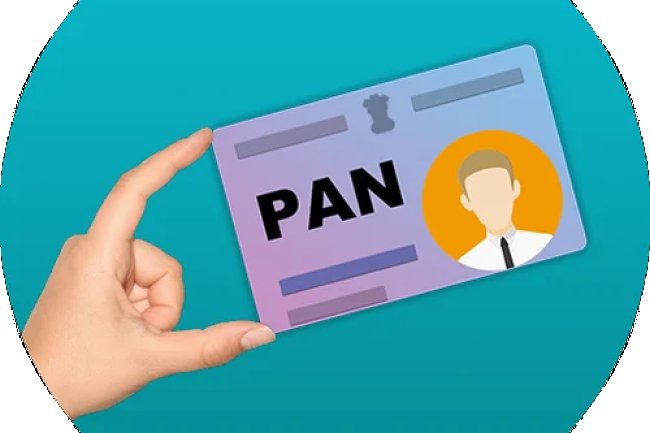You Know PAN: A Complete Guide to Understanding PAN Card in India
Introduction : In India, a Permanent Account Number (PAN) is a vital identification document issued by the Income Tax Department. It is essential for various financial transactions, tax filings, and acts as a key tool for tracking taxable income and preventing tax evasion. Whether you are a salaried individual, a business owner, or a foreign investor, having a PAN card is mandatory for a wide range of purposes.

What is PAN?
A PAN is a 10-character alphanumeric code unique to each individual, company, or entity. It links all financial transactions to an individual or entity, making it easier for the government to monitor and regulate tax collection.
Why Do You Need a PAN Card?
A PAN card is essential for various financial and non-financial activities, including:
-
Filing Income Tax Returns: Individuals and companies are required to file income tax returns using their PAN. It ensures that the government tracks income and tax liabilities accurately.
-
Opening a Bank Account: PAN is necessary to open a savings, current, or fixed deposit account in banks.
-
Investing in Securities: If you plan to invest in mutual funds, stocks, or bonds, a PAN card is mandatory for the investment process.
-
Purchasing or Selling Property: For any property transaction exceeding Rs. 5 lakh, PAN details must be provided.
-
High-Value Transactions: When making high-value purchases like luxury goods, jewelry, or foreign exchange transactions, PAN is required.
How to Apply for a PAN Card
Applying for a PAN card is a simple and quick process. You can do it online or offline:
-
Online Application:
- Visit the official websites of NSDL or UTIITSL.
- Select the relevant form (Form 49A for individuals or Form 49AA for companies).
- Fill in the necessary details, upload supporting documents, and pay the fee.
- Submit the form and track your application using the acknowledgment number.
-
Offline Application:
- Download the form from the NSDL or UTIITSL websites.
- Fill out the form, attach the required documents, and pay the fee at an authorized bank or post office.
- Submit the form at an NSDL or UTIITSL office.
The PAN card is typically issued within 15-20 working days and is delivered to your address.
How to Check Your PAN Status
After applying, you can easily track the status of your PAN card by entering your acknowledgment number on the official NSDL or UTIITSL websites. It helps you stay informed about the processing of your application.
Documents Required for PAN Application
To apply for a PAN card, you need the following documents:
- Identity Proof: Aadhaar Card, Passport, Voter ID, etc.
- Address Proof: Aadhaar Card, Utility Bill, Bank Statement, etc.
- Date of Birth Proof: Birth certificate, Passport, Matriculation certificate, etc.
Key Benefits of Having a PAN Card
-
Avoid Tax Deduction at Higher Rates: Without a PAN, banks deduct TDS at a higher rate of 20%, while with a PAN, the rate is 10%.
-
Seamless Financial Transactions: PAN simplifies financial processes such as opening a Demat account, purchasing insurance, or availing loans.
-
Identity Proof: PAN is widely accepted as proof of identity across various platforms in India.
Conclusion
Having a PAN card is essential for managing your financial activities in India. From tax filing to high-value purchases, PAN is a requirement you can’t afford to overlook. Applying for a PAN is straightforward, and you can do it either online or offline. Make sure to use it responsibly for all applicable transactions to remain compliant with tax regulations.
If you want to apply PAN card, apply through this link https://pancardonlineindia.com/
What's Your Reaction?
















